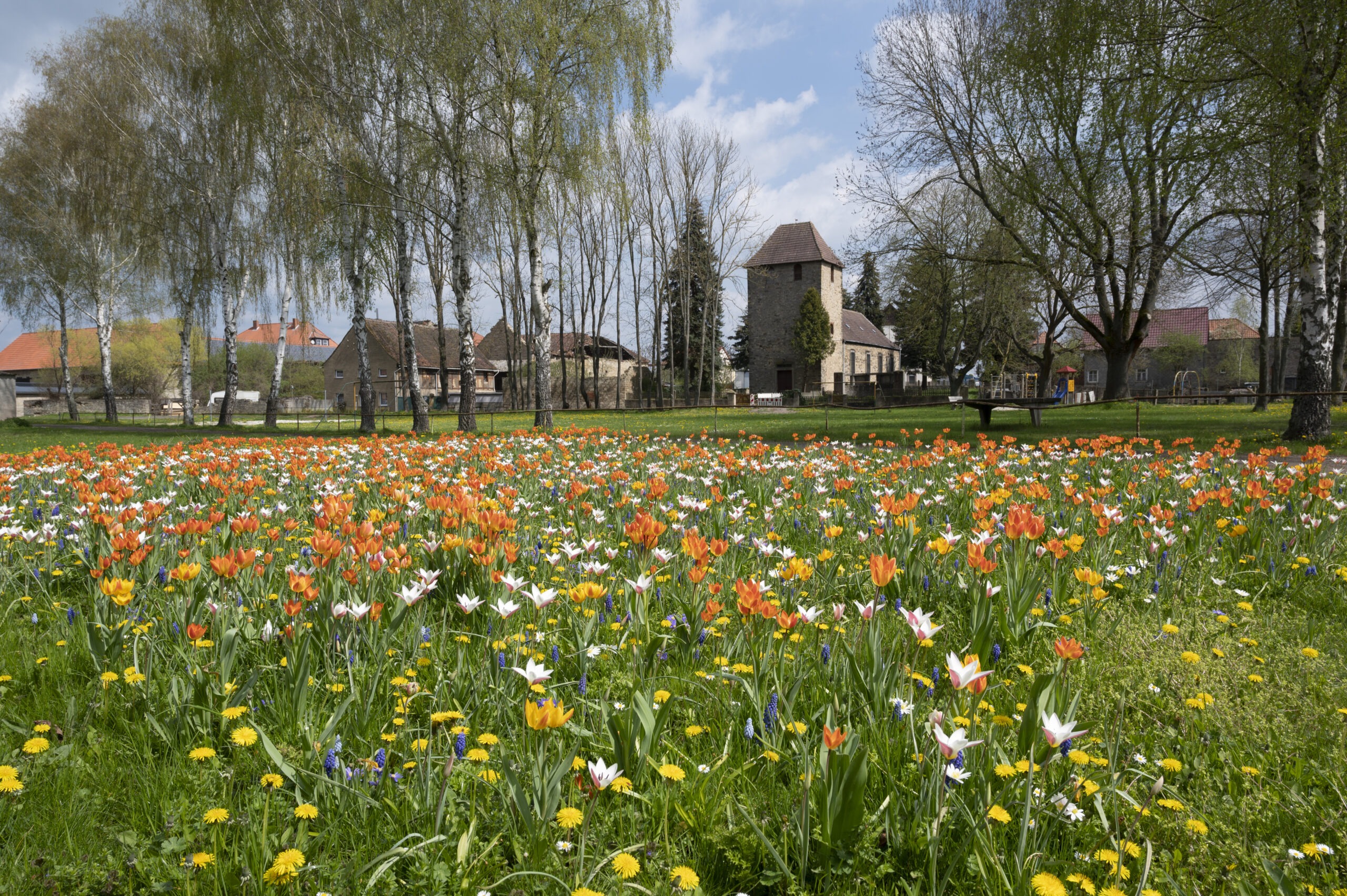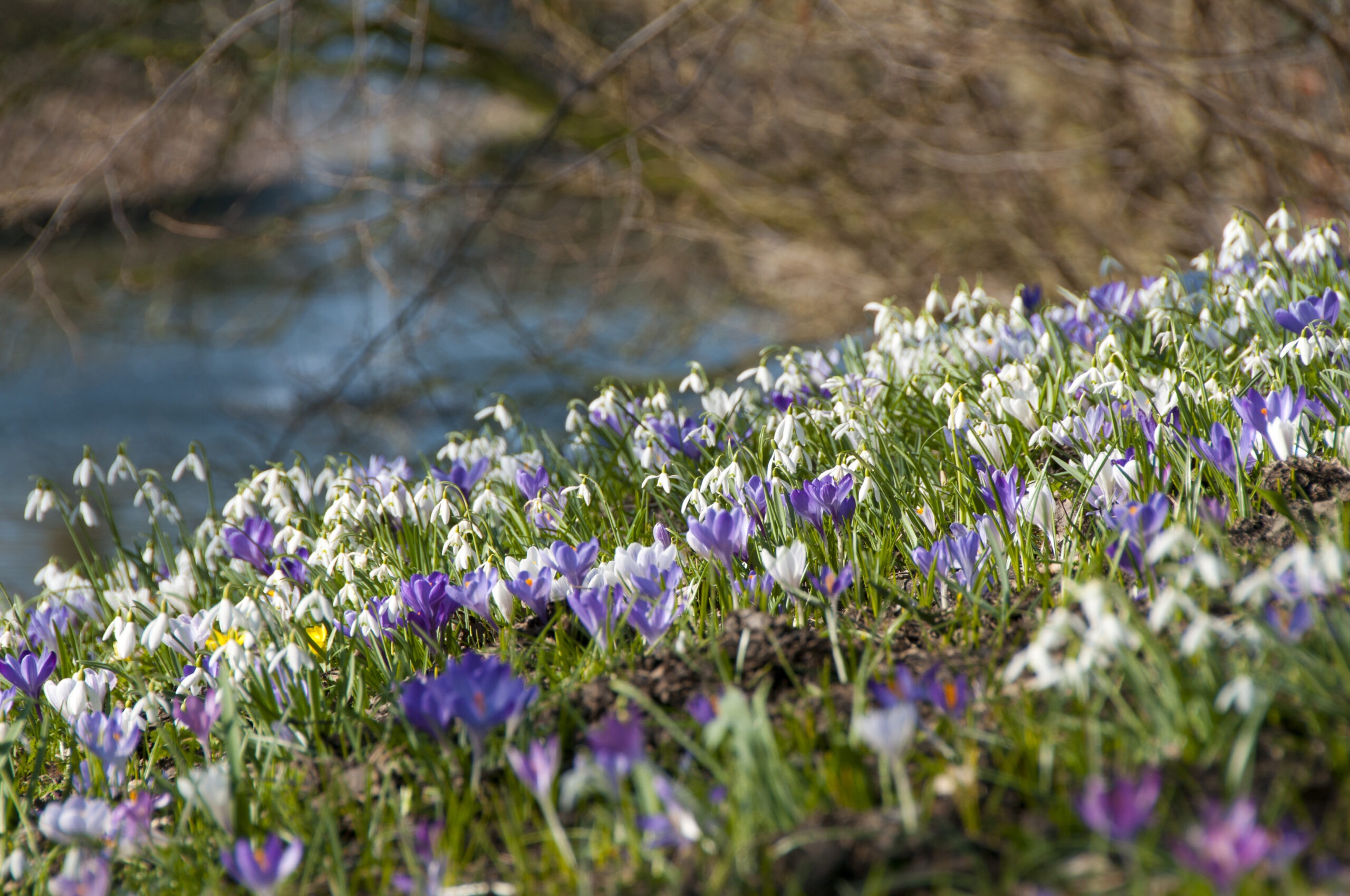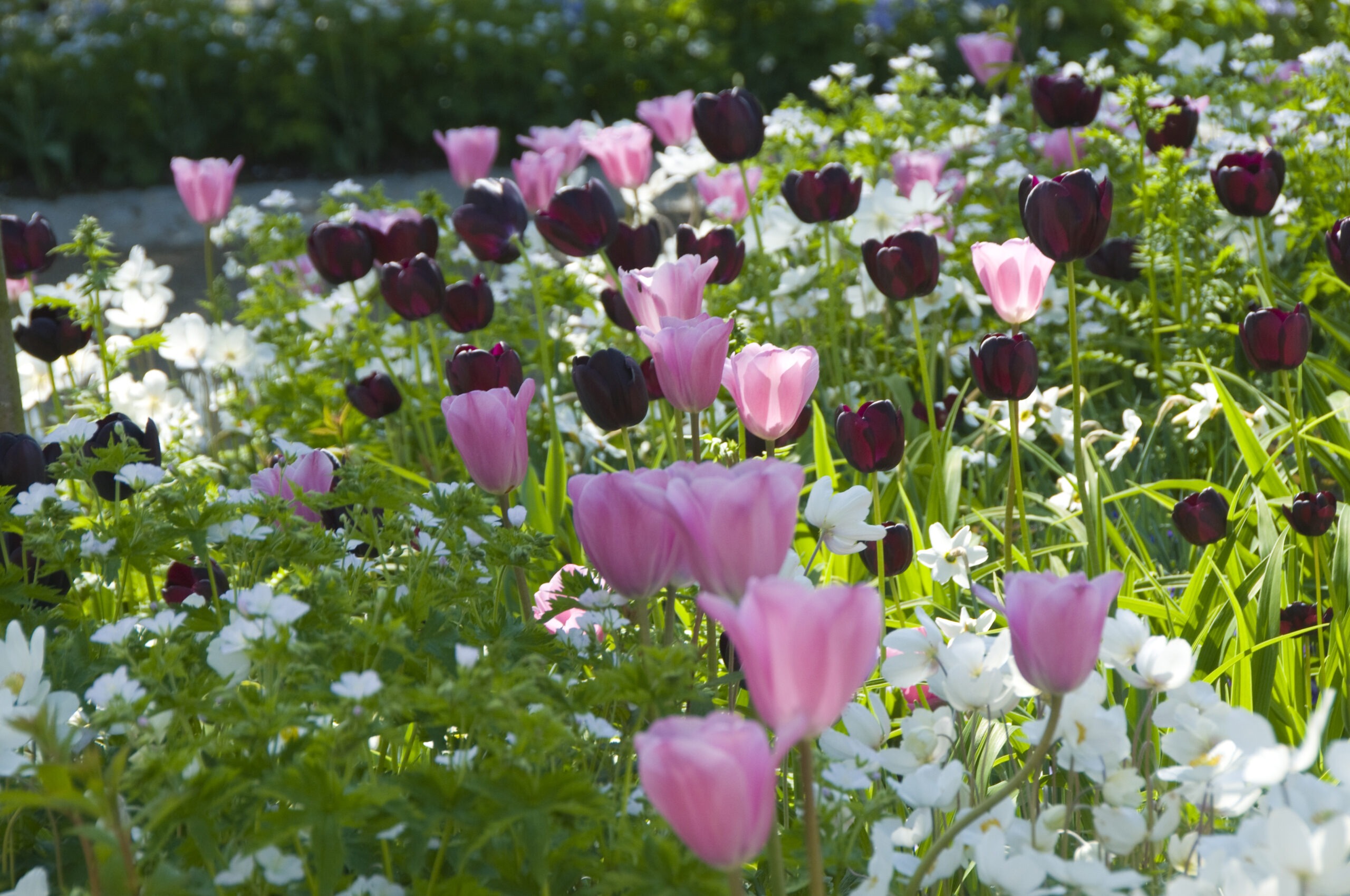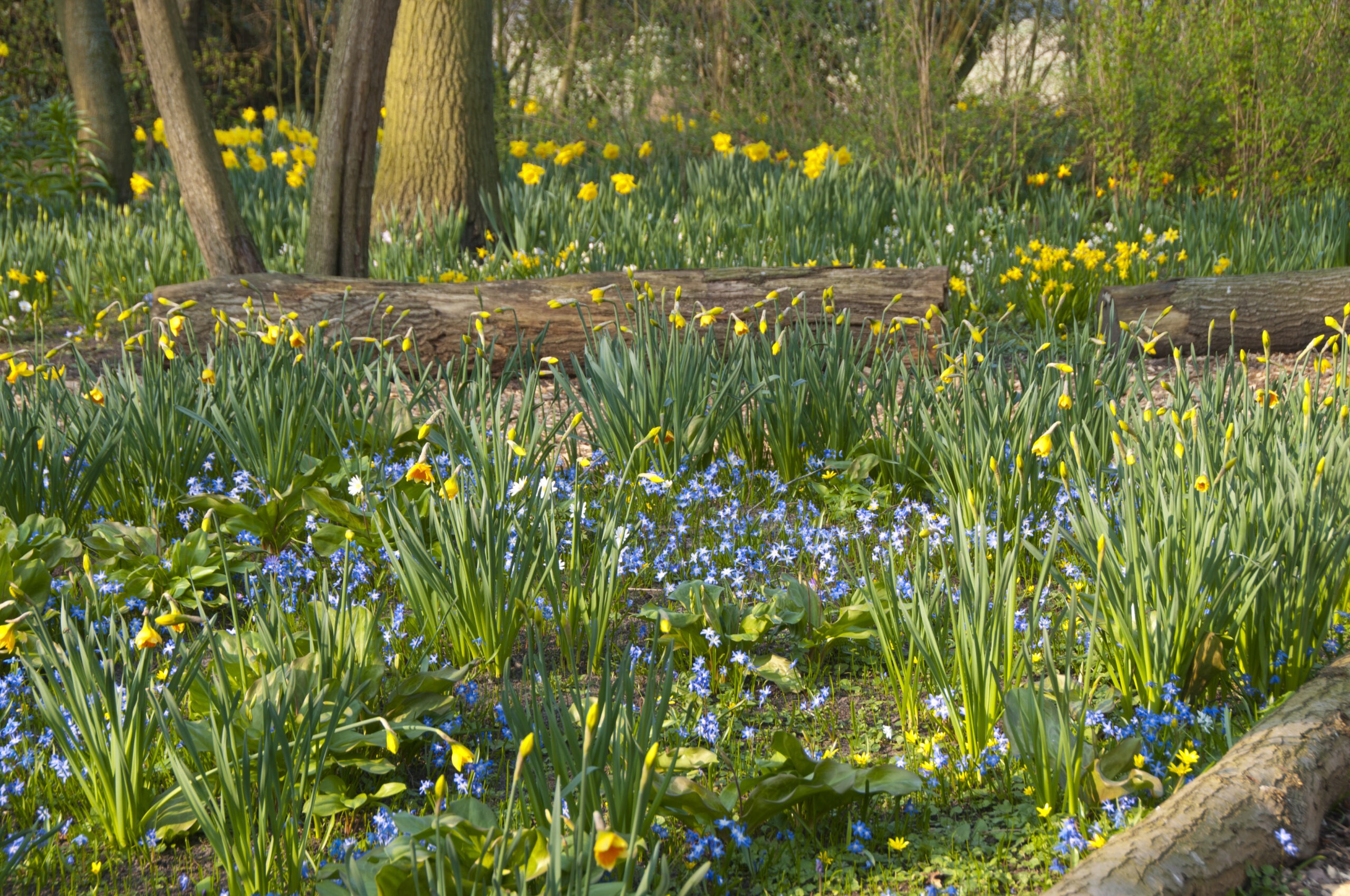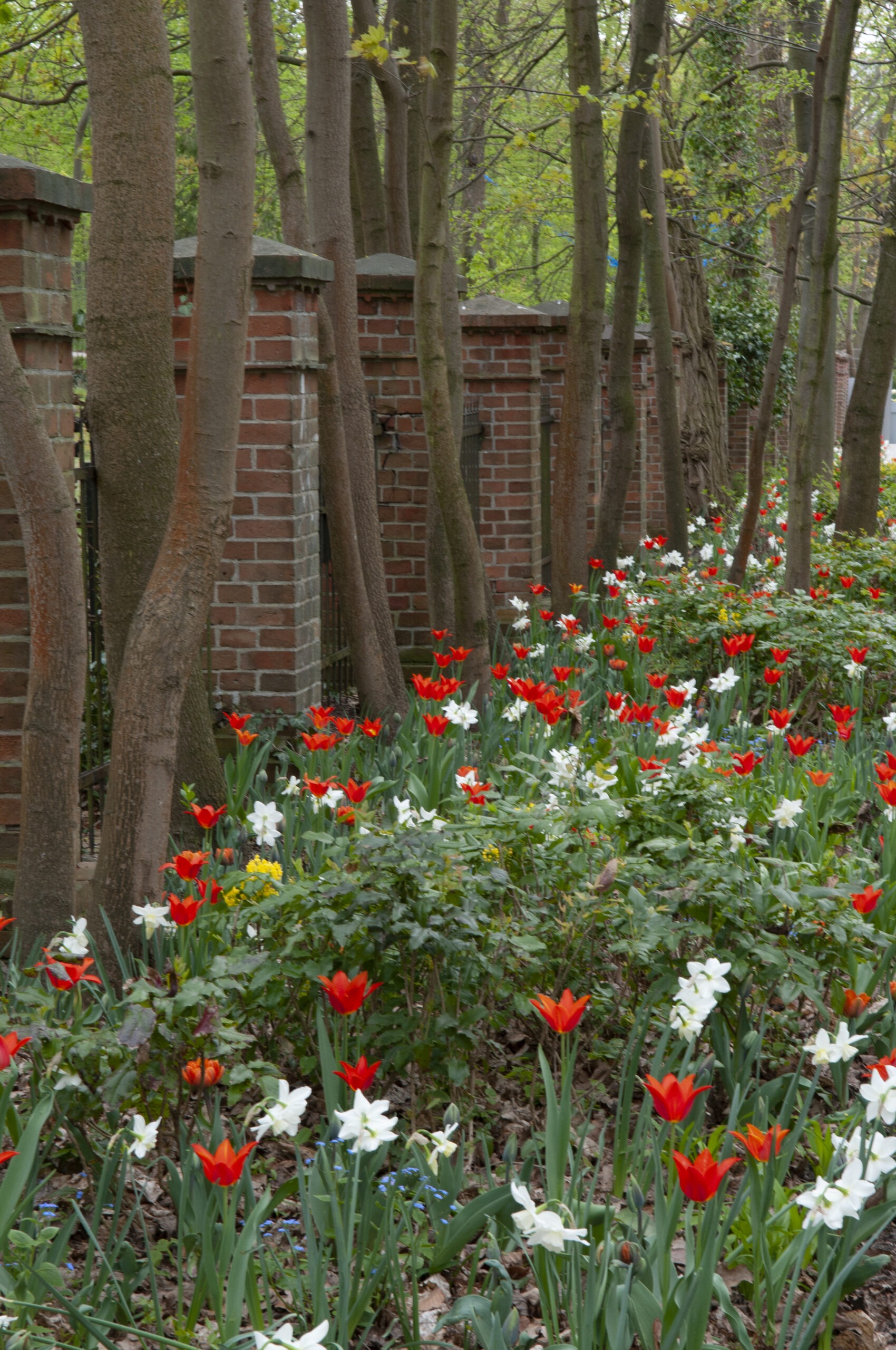Bulbs colour sustainably your public green spaces
Policy makers, administrators, and politicians are calling for attention to green our cities and municipalities. However, greening involves more than just planting trees, shrubs, and laying down lawns. Greenery demands colour. Bulbs and perennial plants can provide the greenery with a natural, colourful accent par excellence. This creates an attractive, cheerful-looking streetscape, which in turn adds atmosphere to a city, a sight that feeds people with positive impressions.
Research
Bulbs like Crocuses, daffodils, and some special bulbous plants such as grape hyacinths, snowdrops, or Scilla are known to return and bloom for several years. But when we think of colour, we also want tulips as the symbol of spring and their wide range of colours and shapes. Growers harvest and plant their bulbs every year to be able to sell large sizes. So, there is not much knowledge among growers about the multi-year flowering characteristics of a tulip. However, we can often see that a good perennial bloomer is also a cultivar that is easy for the grower to cultivate; resistant to diseases and naturally multiplies the bulb. To gain more knowledge about non-botanical tulips that bloom for several years, Verver Export has been conducting a multi-year trial for many years. The bulbs are planted in the grass (as a test for possible use in planting under grass with the machine in verges and parks) on heavy and light soil types. Every spring, the number of flowers per cultivar is tested at the trial sites. Based on these results, cultivars in the autumn catalogue receive a multi-year flowering marking.
